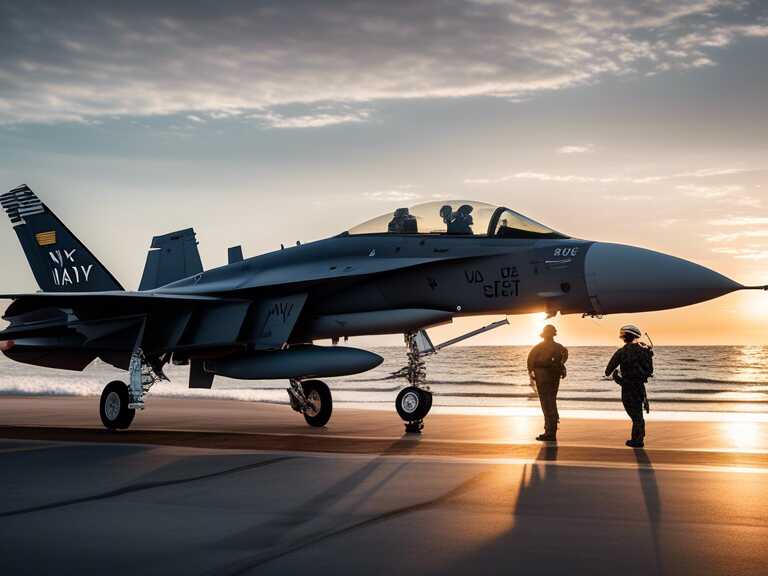
Relieved U.S. Navy Fighter Pilots Return Home After Intense Sea Battle in Middle East
U.S. Navy fighter pilots return home to Virginia after intense combat with Houthi rebels off Yemen's coast, facing months at sea.

After months of intense combat off Yemen's coast, U.S. Navy fighter pilots have returned home to Virginia feeling relieved. This marks the most intense ongoing sea battle the Navy has faced since World War II. Their mission involved shooting down Houthi-launched missiles and drones, protecting vital shipping routes in the Red Sea corridor that leads to the Suez Canal and into the Mediterranean.
Touching Reunion with Families
The homecoming was an emotional one, as F/A-18 Super Hornets swooped over waiting families before landing at their base in Virginia Beach. Dressed in green flight suits, the aviators were greeted by their loved ones, embracing women in summer dresses and children carrying American flags. Some pilots handed red roses to their wives and daughters.
"We're going to go sit down on the couch, and we're going to try and make up for nine months of lost time," said Cmdr. Jaime Moreno while hugging his two young daughters, ages 2 and 4, and kissing his wife, Lynn. Clearing the emotion from his voice, Moreno expressed his pride in his team and everything that the last nine months have entailed.
Protecting Merchant Vessels and Allied Warships
The USS Dwight D. Eisenhower aircraft carrier strike group, accompanied by three other warships, was on a mission to protect merchant vessels and allied warships under fire in the Red Sea corridor. This area is crucial for global trade as it leads to the Suez Canal and into the Mediterranean.
The Iran-backed Houthi rebels in Yemen have been attacking ships linked to Israel, the United States, or Britain. This campaign has threatened global trade by imperiling shipping in a key route. The U.S. and its allies have fought back, with one round of fire in January seeing F/A-18s from the Eisenhower and other ships shoot down 18 drones, two anti-ship cruise missiles, and a ballistic missile launched by the Houthis.
Emotional Toll
The intense combat experience has taken an emotional toll on the sailors. U.S. Navy officials have been discussing plans to provide counseling and treatment for possible post-traumatic stress among the returning sailors, as many of them were not accustomed to being fired upon.
When asked if the recent combat could be described as the most intense naval engagement since World War II, Cmdr. Benjamin Orloff, a Navy pilot, called the description "pretty apt." He emphasized the close range at which they engaged the enemy, highlighting the use of self-defense strikes right in their faces.
Combat Statistics
The carrier strike group fired more than 400 air-to-surface missiles and 55 air-to-air missiles during their deployment. This intense combat experience was a stark contrast to the initial expectations of a relatively easy deployment involving exercises with other NATO countries.
The extended deployment and months of fighting placed extra stress on roughly 7,000 sailors and their families. Spouses and children of the sailors faced anxiety and uncertainty, with plans constantly changing due to the evolving situation in the Middle East.
Share news















